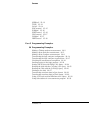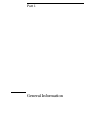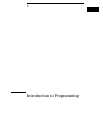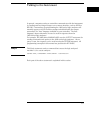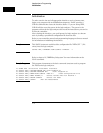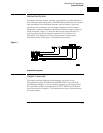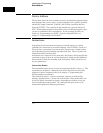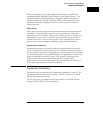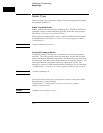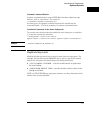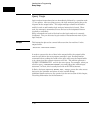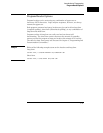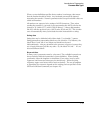
Device Address
The location where the device address must be specified also depends on the
host language that you are using. In some languages, this could be specified
outside the output command. In BASIC, this is always specified after the
keyword OUTPUT. The examples in this manual use a generic address of
XXX. When writing programs, the number you use will depend on the cable
you use, in addition to the actual address. If you are using an GPIB, see
chapter 2, "Programming over GPIB." If you are using RS-232C, see
chapter 3, "Programming Over RS-232C."
Instructions
Instructions (both commands and queries) normally appear as a string
embedded in a statement of your host language, such as BASIC, Pascal or C.
The only time a parameter is not meant to be expressed as a string is when
the instruction’s syntax definition specifies block data. There are just a few
instructions which use block data.
Instructions are composed of two main parts: the header, which specifies the
command or query to be sent; and the parameters, which provide additional
data needed to clarify the meaning of the instruction. Many queries do not
use any parameters.
Instruction Header
The instruction header is one or more keywords separated by colons (:). The
command tree in figure 4-1 illustrates how all the keywords can be joined
together to form a complete header (see chapter 4, "Programming and
Documentation Conventions").
The example in figure 1-1 shows a command. Queries are indicated by
adding a question mark (?) to the end of the header. Many instructions can
be used as either commands or queries, depending on whether or not you
have included the question mark. The command and query forms of an
instruction usually have different parameters.
Introduction to Programming
Device Address
1–6



